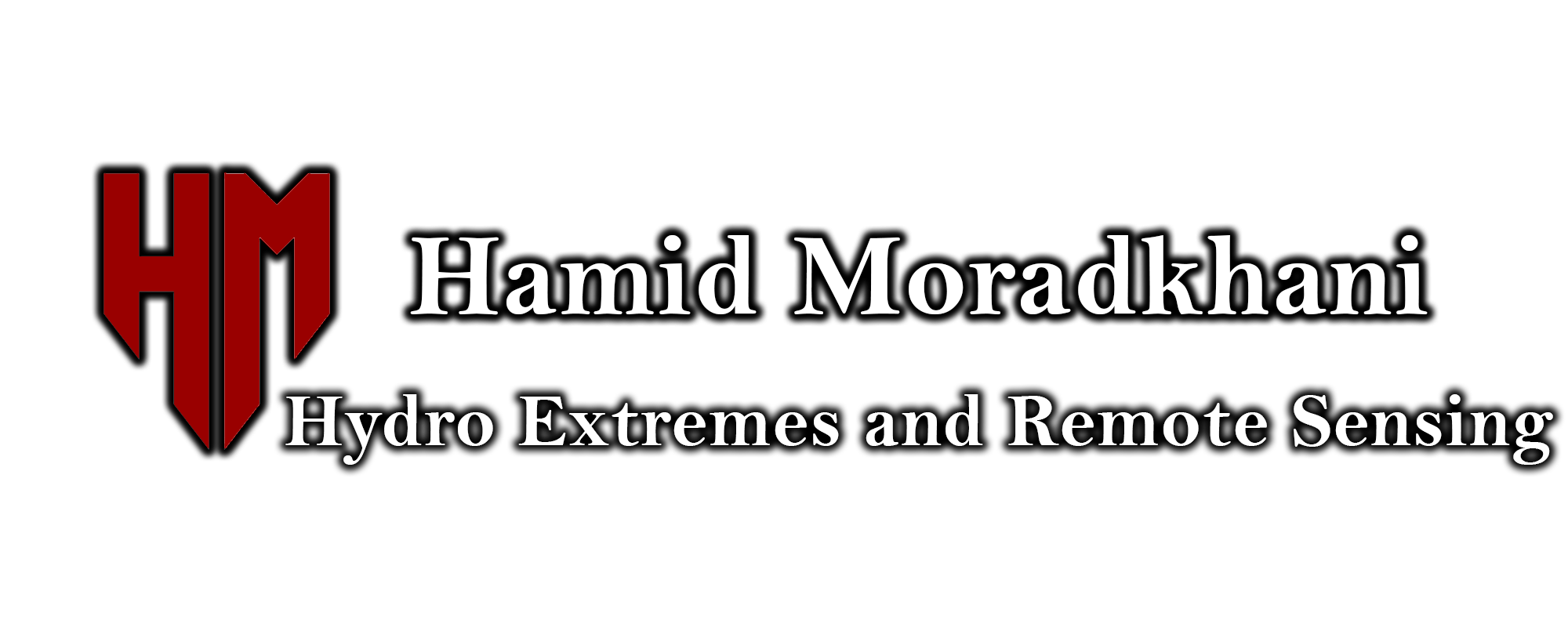Compound flood hazard assessment (CFHA) and modeling are prone to various sources of uncertainty including model structure, model parameters, input/forcing data, and those associated with nonlinear interactions among flood drivers. Data assimilation (DA) is an efficient method that helps quantify and reduce uncertainty in many hydrological applications and has proven to be effective in water level (WL) predictions and/or flood forecasts. However, research to date has not yet explored the benefits of DA in coastal to inland transition zones where pluvial, fluvial, and coastal flood drivers interact. Here, we present a DA scheme consisting of the Ensemble Kalman Filter technique and hydrodynamic modeling to provide (i) reliable WL predictions and (ii) accurate (near real-time) flood hazard maps within a 6 h-assimilation cycle. The DA scheme is tested on two well-known compound flood events and study sites in the United States, namely Hurricane Harvey for Galveston Bay and Hurricane Sandy for Delaware Bay. WL predictions and compound flood hazard maps are validated against observational data collected from coastal and inland gauge stations and high-water marks obtained from the U.S. Geological Survey, respectively. We show that DA is an effective method that accounts for all sources of uncertainty, reduces errors in peak WL estimates (up to 0.55 m) and mean absolute bias in CFHA (up to 40%). We conclude that, regardless of the dominant fluvial/pluvial or coastal drivers, DA can improve CFHAs in low-lying areas including coastal to inland transition zones… Read more

